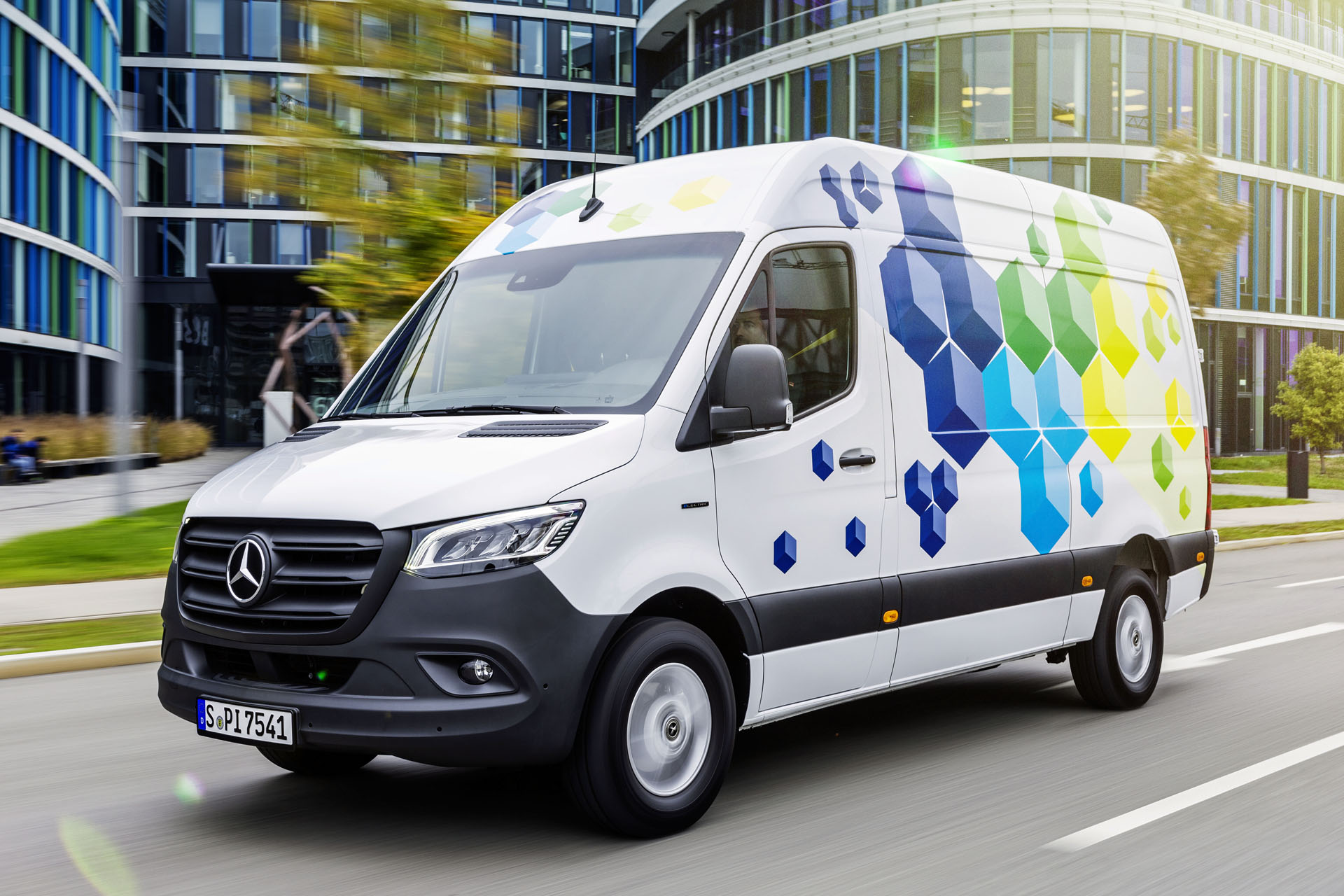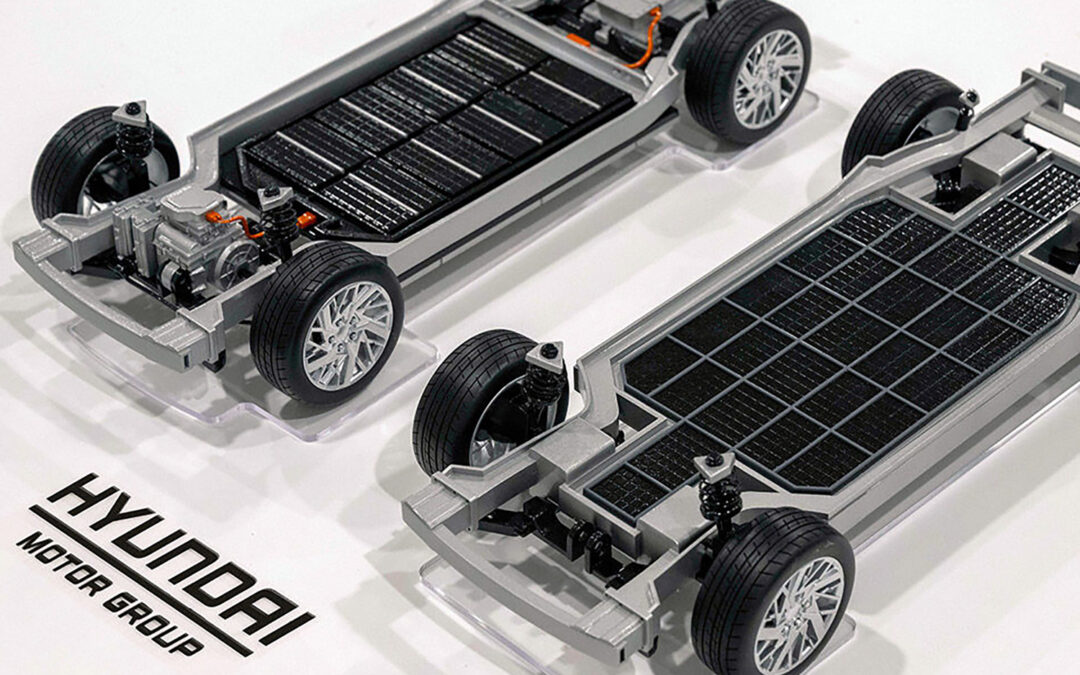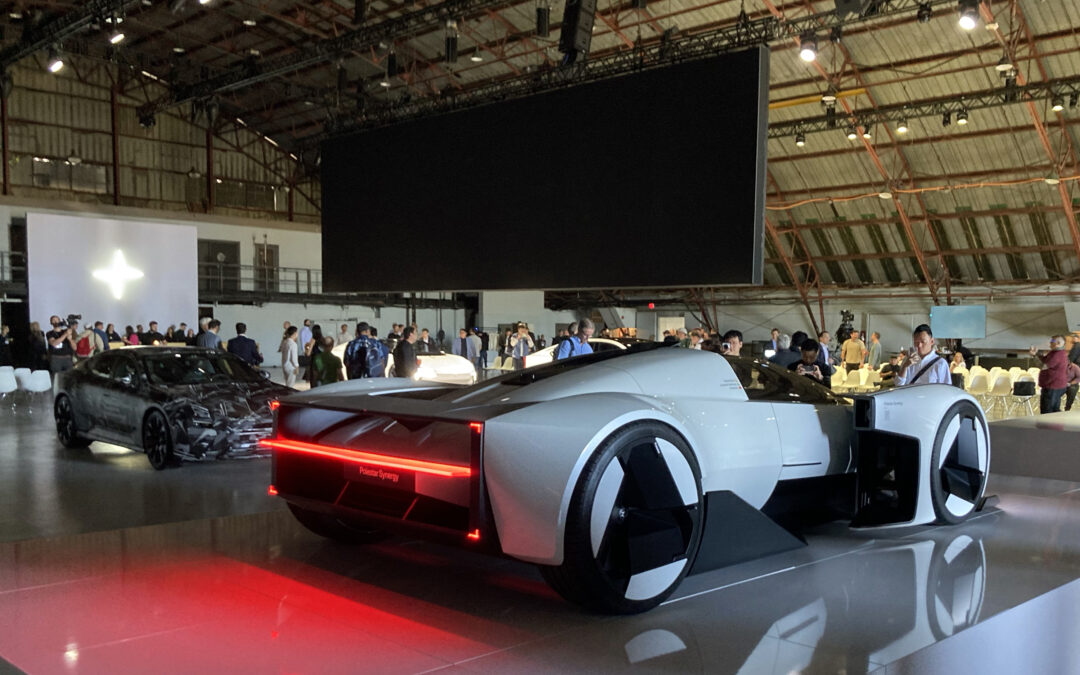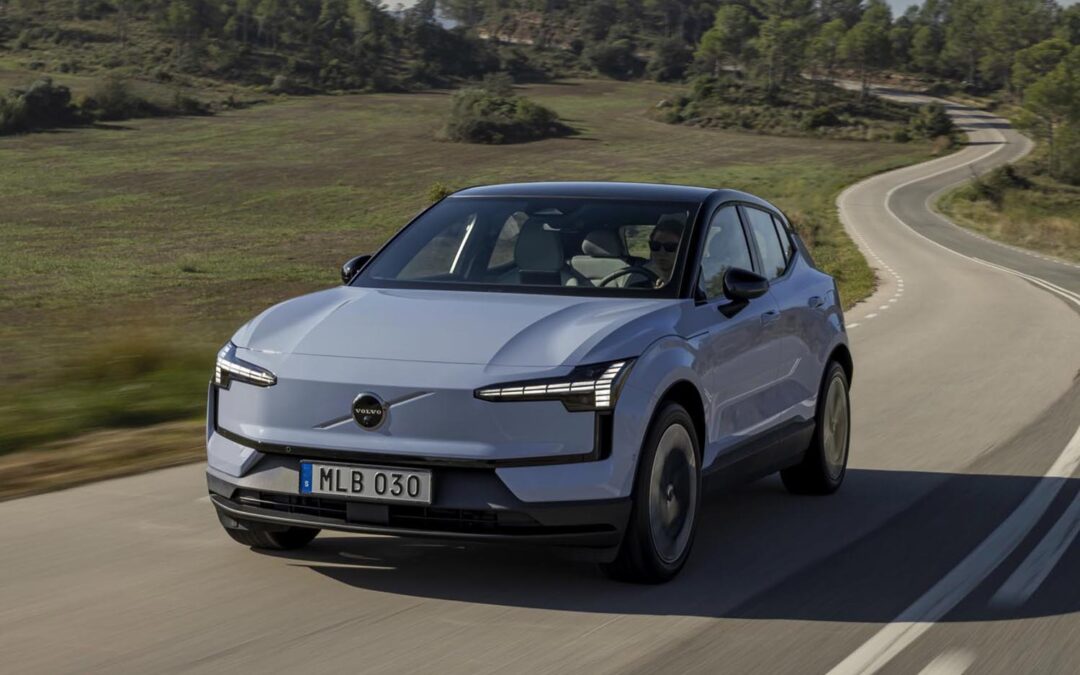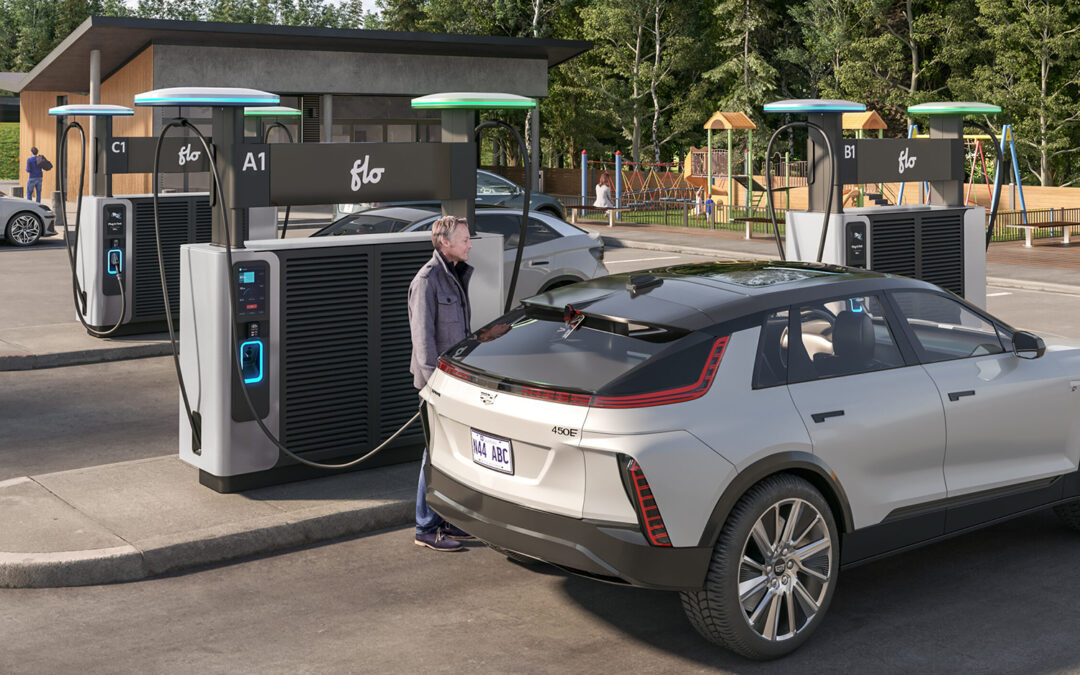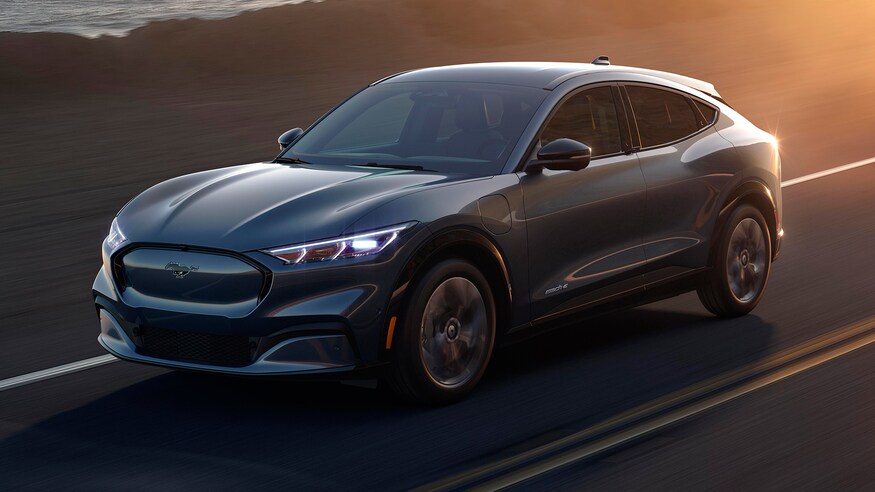The 2024 Mercedes-Benz eSprinter plays a major role in a lofty goal — as of 2025, Mercedes will not produce any more gas or diesel-powered versions of its popular Sprinter van. This means the new eSprinter will be doing the heavy lifting as it hauls the commercial side of its light-duty business into an electric future.
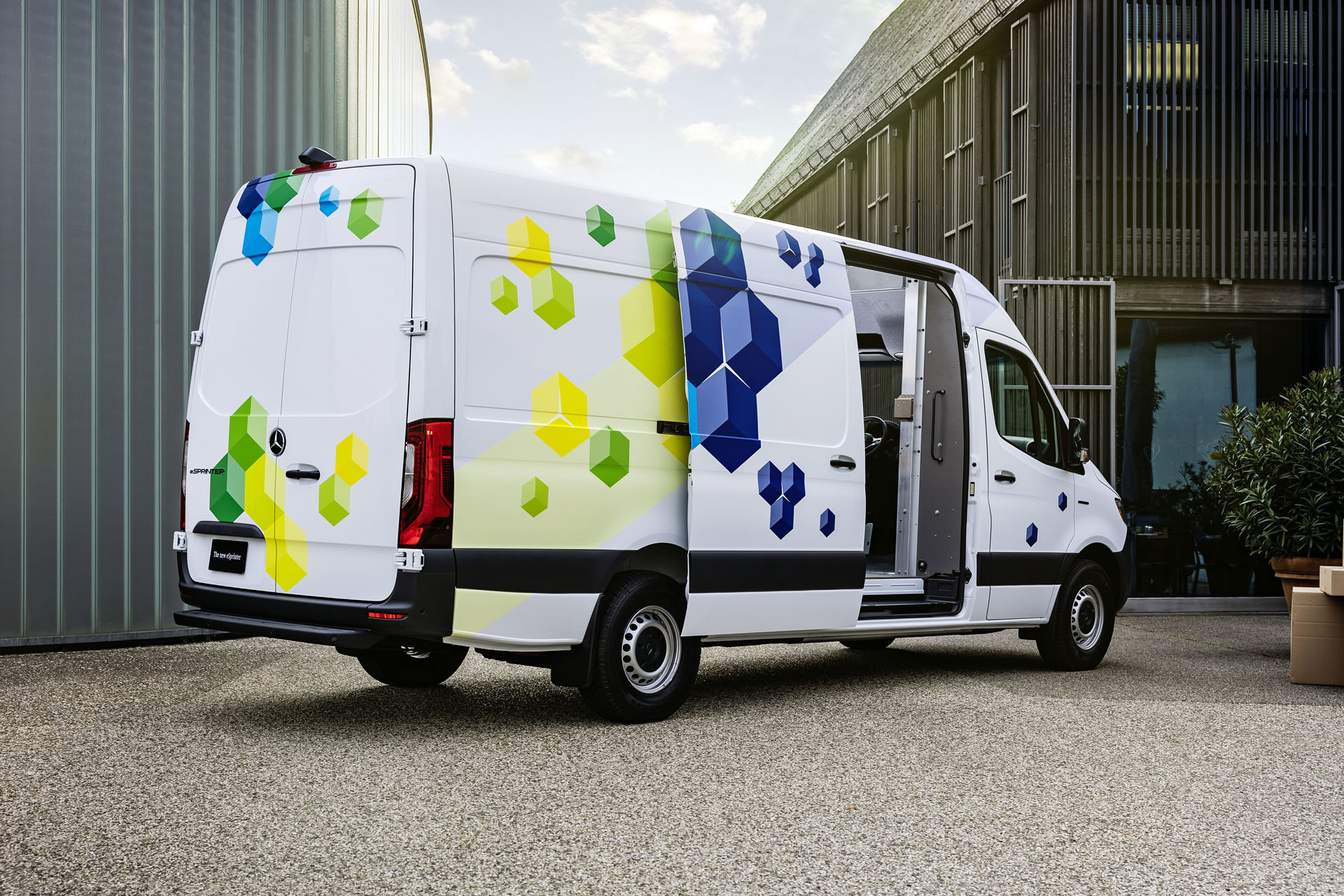
Mercedes-Benz eSprinter
In Europe, Mercedes-Benz has been selling electric vans for a while, so the introduction of the new eSprinter is basically business as usual. In Canada, Mercedes is breaking virgin ground as far as mainstream electrified cargo vans go. The expectations for a cargo van and the typical driving conditions here is Canada are vastly different from the European experience. It’s for this reason the eSprinter, which arrives late summer, will initially come one way, and that’s the long wheelbase (170-inch), high-roof cargo van with the largest available battery. The launch model more or less lines up with the current 2500 Sprinter.
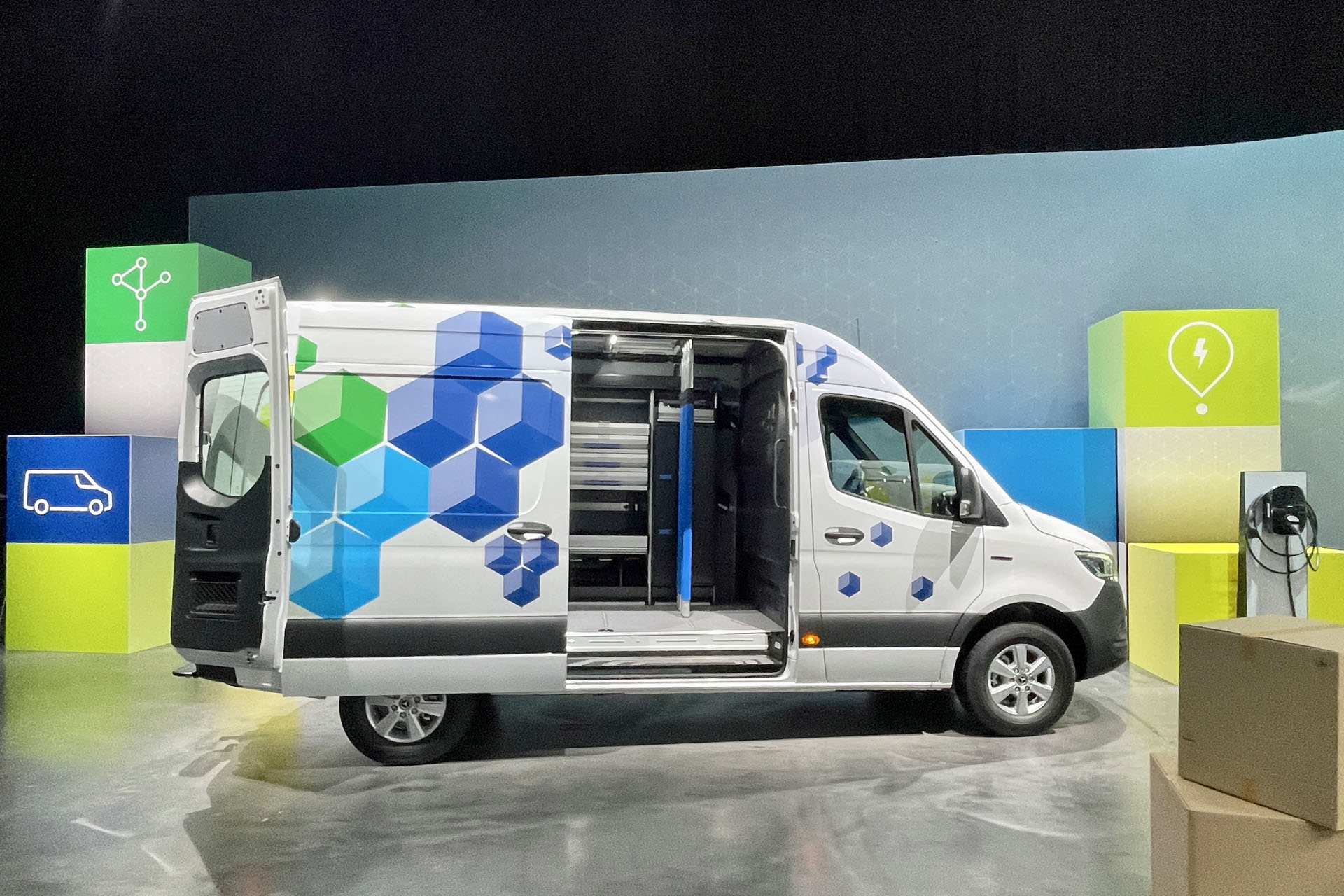
Mercedes-Benz eSprinter / Graeme Fletcher, The Charge
In Europe, there are three battery sizes. There’s a tiny 56-kilowatt-hour battery, a mid-range 81-kWh unit and the one coming to Canada. At launch, the lithium/iron phosphate battery will be rated at 113 kWh. Further out, a short wheelbase (144-inch), standard roof eSprinter will be offered with the mid-range 81 kWh battery. The batteries will come with an eight year, 160,000 km warranty with a 300,000-km/eight-year upgrade being an option.
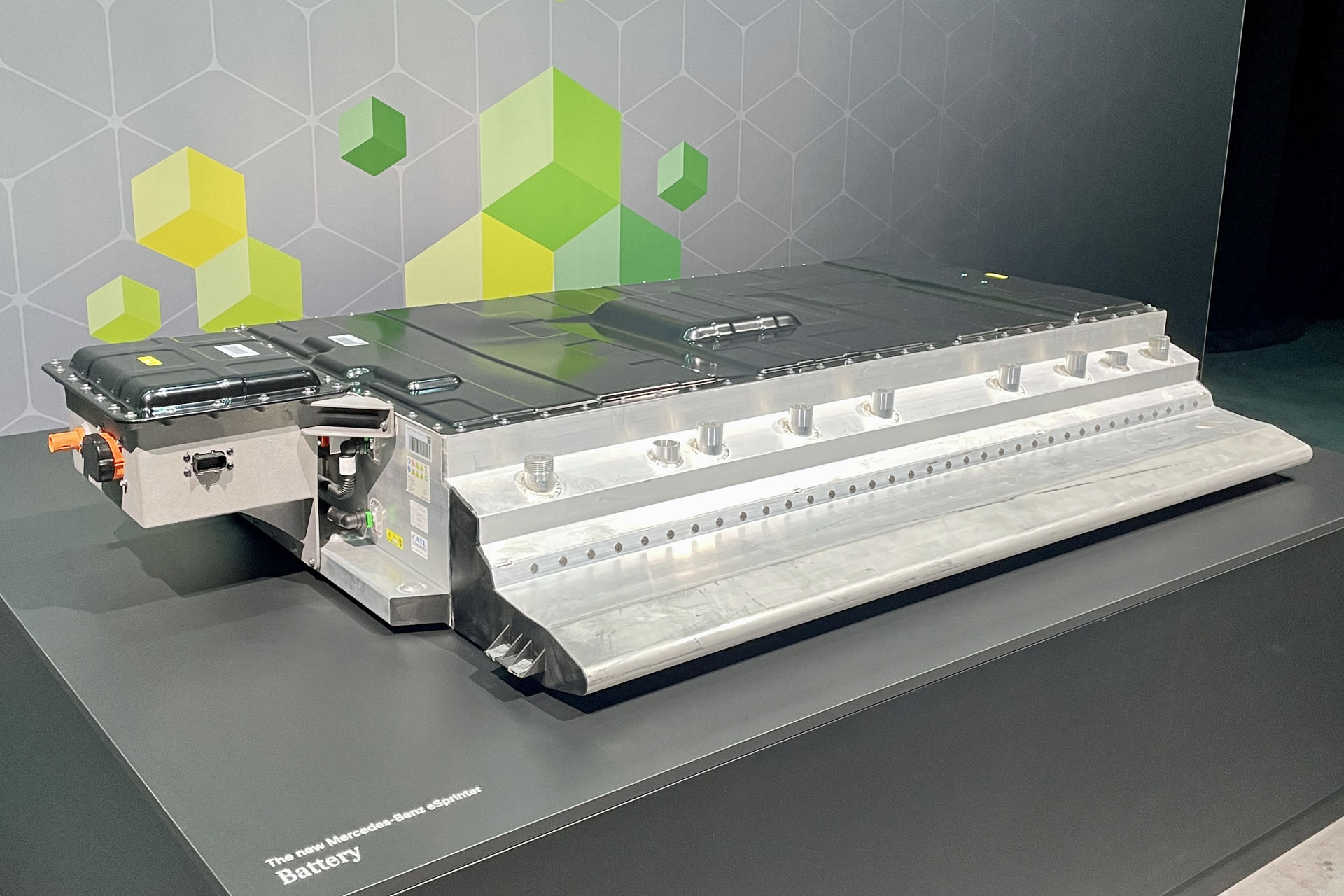
Mercedes-Benz eSprinter / Graeme Fletcher, The Charge
The 113 kWh battery delivers a driving range of 40 km based on the overall European WLTP test cycle. In the WLTP city cycle it delivers a more realistic 500 km range – never underestimate the effects of regenerative braking on driving range. In this case, the eSprinter has four levels of regen, ranging from basically nothing to a one-pedal drive and an Auto setting. The latter uses information from the navigation and forward-facing radar to optimize the regen process.
As is to be expected, the range the eSprinter will deliver here in Canada is going to be less than the European experience because of the different testing methods used in North America. The good news is Mercedes drove a prototype of the Canadian model from Stuttgart to Munich and back without recharging the battery. Now, that’s a healthy 475 km. The Canadian driving range is going to be far more conservative — the official number (provisional at this time) says the range will be up to “308 km.” The reality is the range will likely fall somewhere between the provisional number and that rosier European figure.
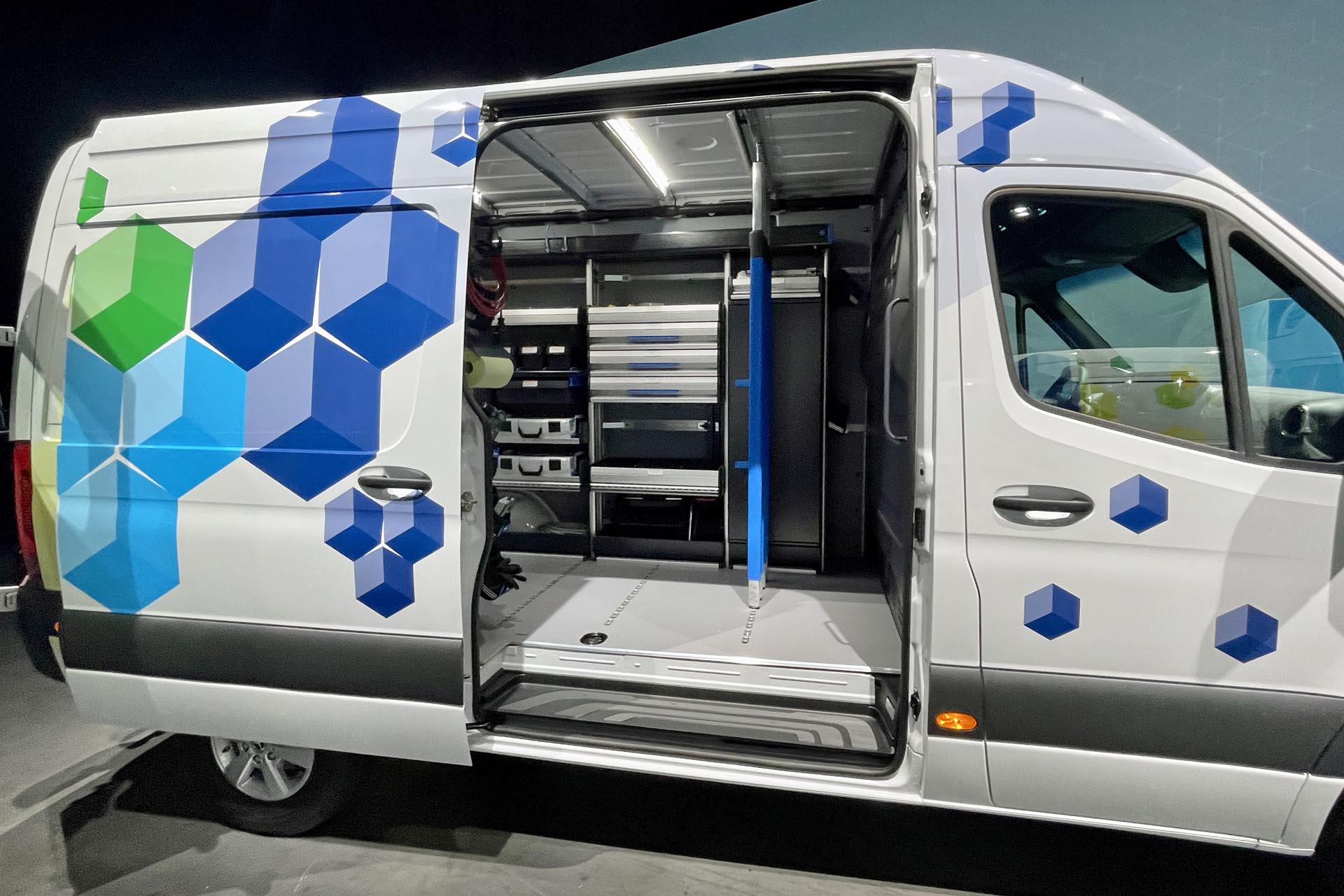
Mercedes-Benz eSprinter / Graeme Fletcher, The Charge
Recharging the 113 kWh battery from 10 to 80 per cent takes 42 minutes when using a 115 kW DC fast charger – the more common 50 kW charger bumps that time to 93 minutes. A Level 2 charger replenishes the battery in 12.5 hours.
Where the eSprinter scores well is the layout that makes it so flexible. It can be anything to almost any customer. Regardless of the wheelbase, battery size or the body that sits atop the main structure the core components remain the same. Up front, the old engine bay now houses all the high-voltage components, including the 9.6 kW onboard charger, power electronics, AC/DC converter and the heat pump needed to keep the riders warm. The underbody section between the front and rear axles is where the battery is located. Here, it sits between the robust side rails in a strengthened casing that protects it and keeps the eSprinter’s centre of gravity low. The third, and very clever, element is the rear module. It’s a plug-and-play subframe that houses the de Dion tube rear suspension and electric motor in a single compact package.
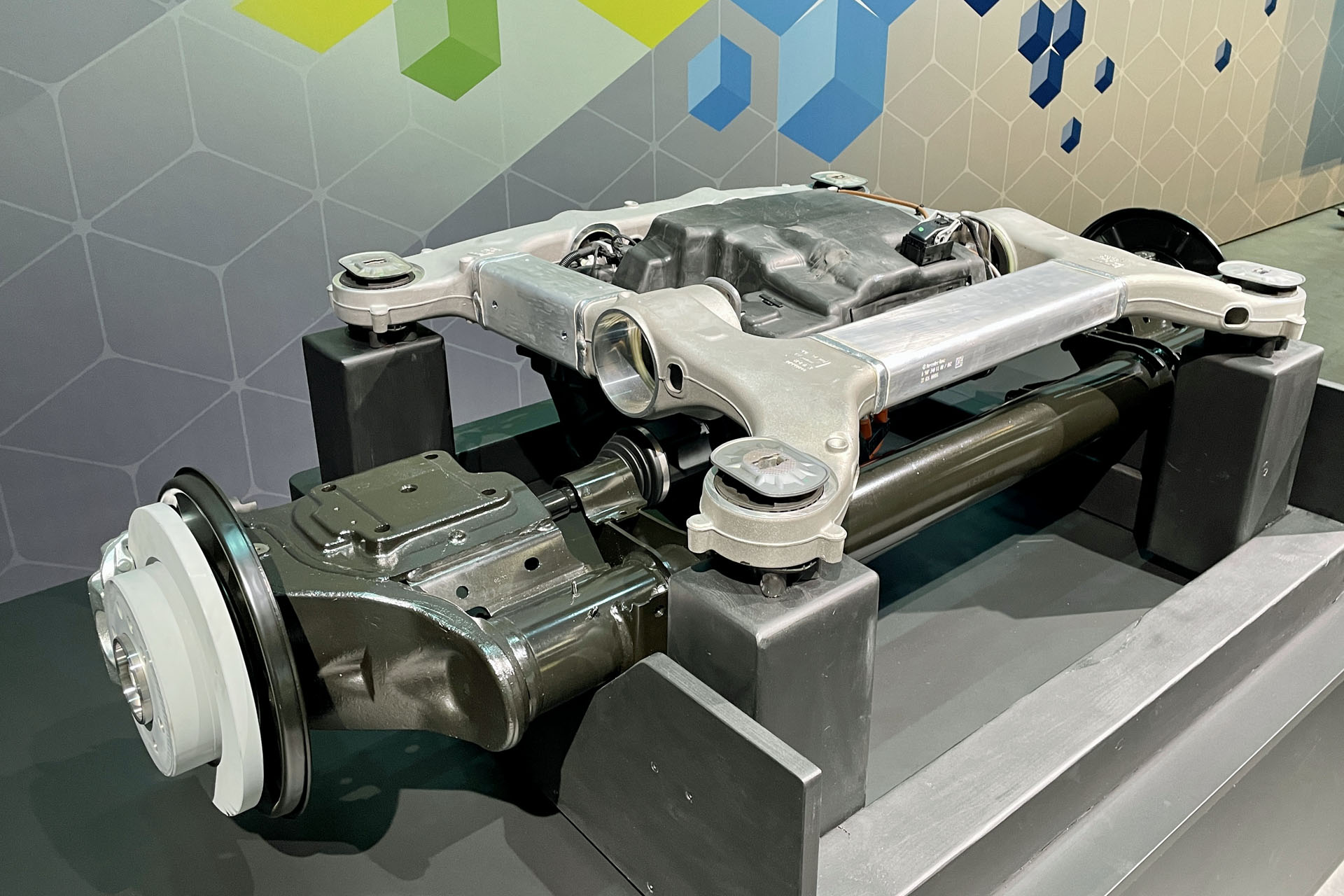
Mercedes-Benz eSprinter / Graeme Fletcher, The Charge
The electric motor is offered with two outputs. The first delivers 136 horsepower and 295 pound-feet of torque for up to 30 seconds. Now before the fretting starts, if you factor in the 13.2:1 gearing there’s a wheel torque of 3,872 lb-ft, so more than enough even for a fully-loaded eSprinter. The second choice bumps the output to 204 hp with the same torque. The different outputs come from the same electric motor with the power being determined by the operating software.
Mercedes says the difference between the two outputs boils down to customer need. Those looking to maximize range will go for the lower output unit; the more powerful unit is better suited to customers that value cargo capacity over range. The drive modes offered in the high-out model are interesting. Selecting Efficiency mode sees more powerful motor drops back to the lower 136 hp output, which increases the driving range. In essence, it allows the driver to pick power or range based on need, so it’s a bit of a no-brainer pick.
As it stands, the eSprinter coming to Canada will have a maximum cargo volume of 14,000-litres, a payload of 1,575-kilograms and a tow rating of 1,500 kg. The top speed is limited to 120 km/h.
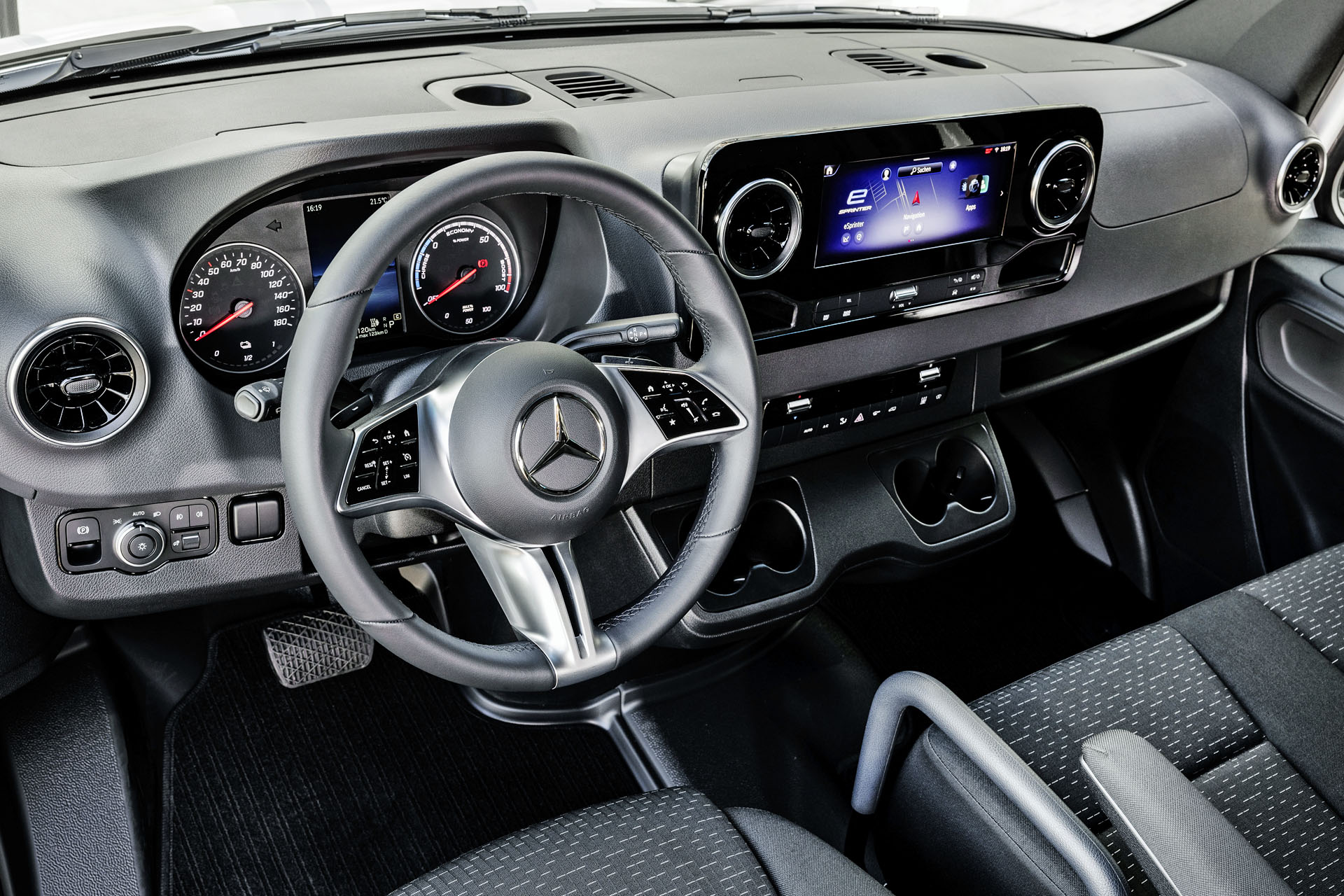
Mercedes-Benz eSprinter
The biggest interior improvement is the adoption of the same Mercedes-Benz User Experience (MBUX) multimedia system found in the EQE. The format blends the latest software with a 10.25-inch screen. The system can save up to seven driver profiles, it gives access to the programmed charging and pre-conditioning functions, as well as the “Hey Mercedes” voice control assistant.
The navigation side also includes “Electric Intelligence.” It overlays a circle on the map to highlight the range limits. It also suggests the preferred route with charge point along the way if the eSprinter will need a splash-and-go to complete the programmed trip. To arrive at an accurate range prediction, the system looks at the driver’s habits, elevation changes along the route and the amounts of city and highway driving. The latter makes a big difference to the prediction, as city driving helps range through regen braking; highway driving is typically a one-way draw.
The pricing and full specifications for the 2024 Mercedes-Benz eSprinter will be released closer to its late-summer launch date.
